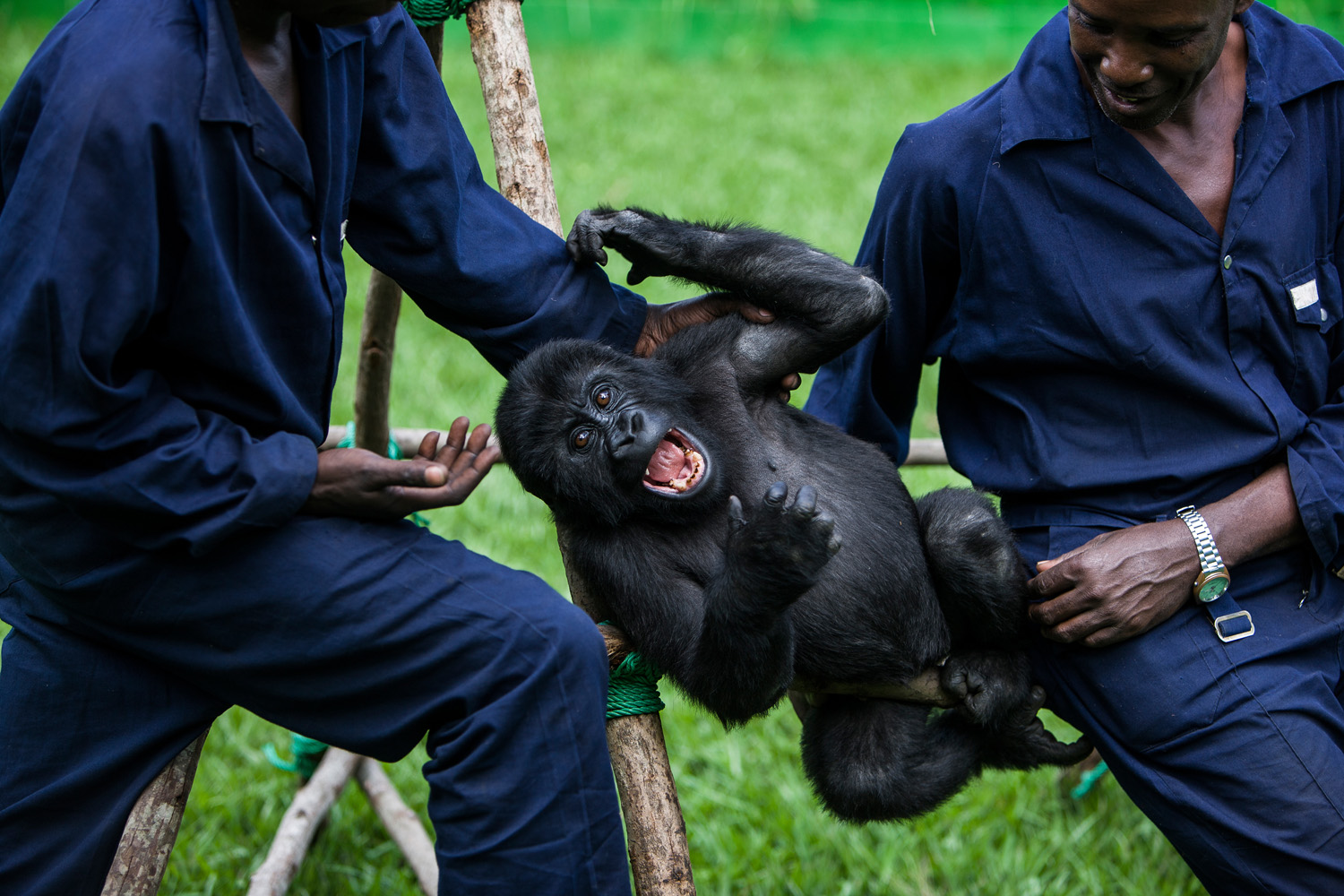
The genetic difference between a gorilla and a human being is tiny—we share 98.4% of our DNA. But the gorillas of the Democratic Republic of Congo (DRC) and the people who care for them share far more than just genes. Both are victims of an endless war that has ravaged Central Africa, killing humans and gorillas alike.
The fighting—along with the constant threat of poachers, disease and loss of habitat from deforestation—has taken its toll on the already critically endangered population of mountain gorillas in Central Africa. Just about 800 still live in the world today, most in the Virunga mountains, which range through Congo, Rwanda and Uganda. The 300 mountain gorillas that live in Congo are particularly vulnerable; their habitat is occupied by the m23 rebel group, which has been carrying out a violent rebellion against the Congolese government. Mountain gorillas have been caught in the cross fire of pitched gun battles and have sometimes been attacked directly by rebels seeking to steal and sell infant gorillas.
That the mountain gorillas of Congo endure at all is a testament to the bravery of the Congolese Conservation Authority (ICCN), which oversees the sprawling country’s embattled parks and nature re- serves. at the Senkwekwe Orphan mountain gorilla Center in Congo’s Virunga National Park, rangers care for the animals, many of which have lost their mothers to poachers or rebel fighters. The center offers a refuge for young mountain gorillas that have been traumatized by the ongoing violence. The gorillas attach themselves to the wardens, who treat the juveniles like their children. This is not a zoo or a research center. It is a refugee camp for primate victims of war.
But even this refuge is under siege. More than 130 rangers have died defending Virunga National Park since 1996. The wardens are often outgunned by rebels, as well as by poachers who seek to capture young gorillas to be sold as pets or butcher older ones for meat. (Bush meat has become increasingly popular in Africa’s swelling cities, and so the number of poachers has grown.) The fighting makes it more difficult for rangers to patrol the park, leaving the gorillas vulnerable. and even if a more lasting peace does come, it could herald a new wave of development in Congo, which could in turn lead to accelerated deforestation and further loss of habitat for the already endangered mountain gorillas. No matter what happens, the odds are against them.
But in the meantime, Senkwekwe serves as an oasis of calm, a place where these animals can be nursed back to health, physically and mentally. As Brent Stirton’s photographs demonstrate, the mountain gorilla is special, its connection to human beings—to us— more than just a matter of shared genes. “Gorillas have something in their soul very close to humans,” says Andre Bauma, a ranger at Virunga National Park and the “father” of a pair of adopted female mountain gorillas. To lose them would be to lose a part of ourselves.
Brent Stirton is a world-renowned Senior Staff photographer for Reportage by Getty Images based in New York. In 2013, he won the Environmental Vision Award from POYI.
Bryan Walsh is a senior editor for TIME International & an environmental writer. Follow him on Twitter @bryanrwalsh.
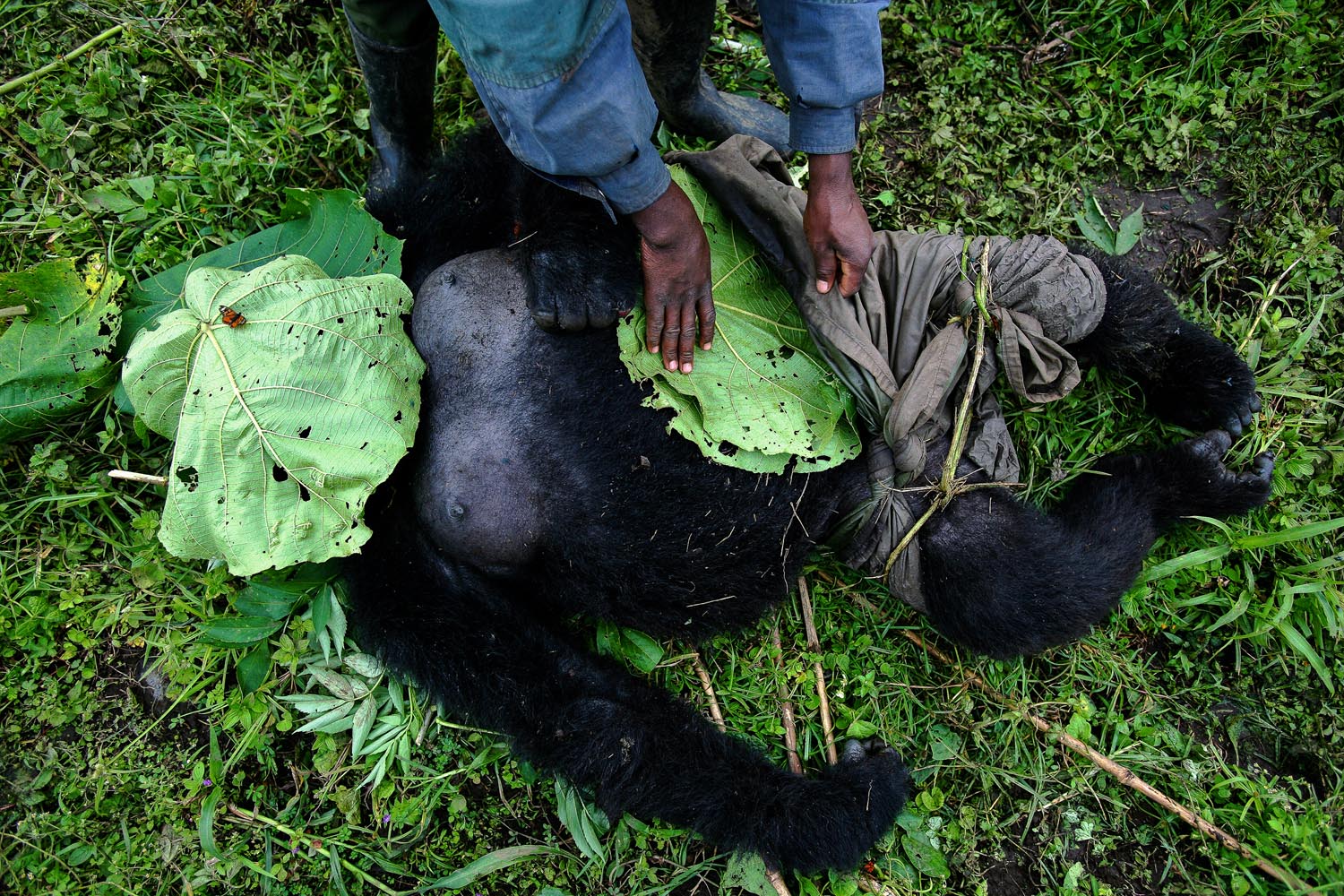
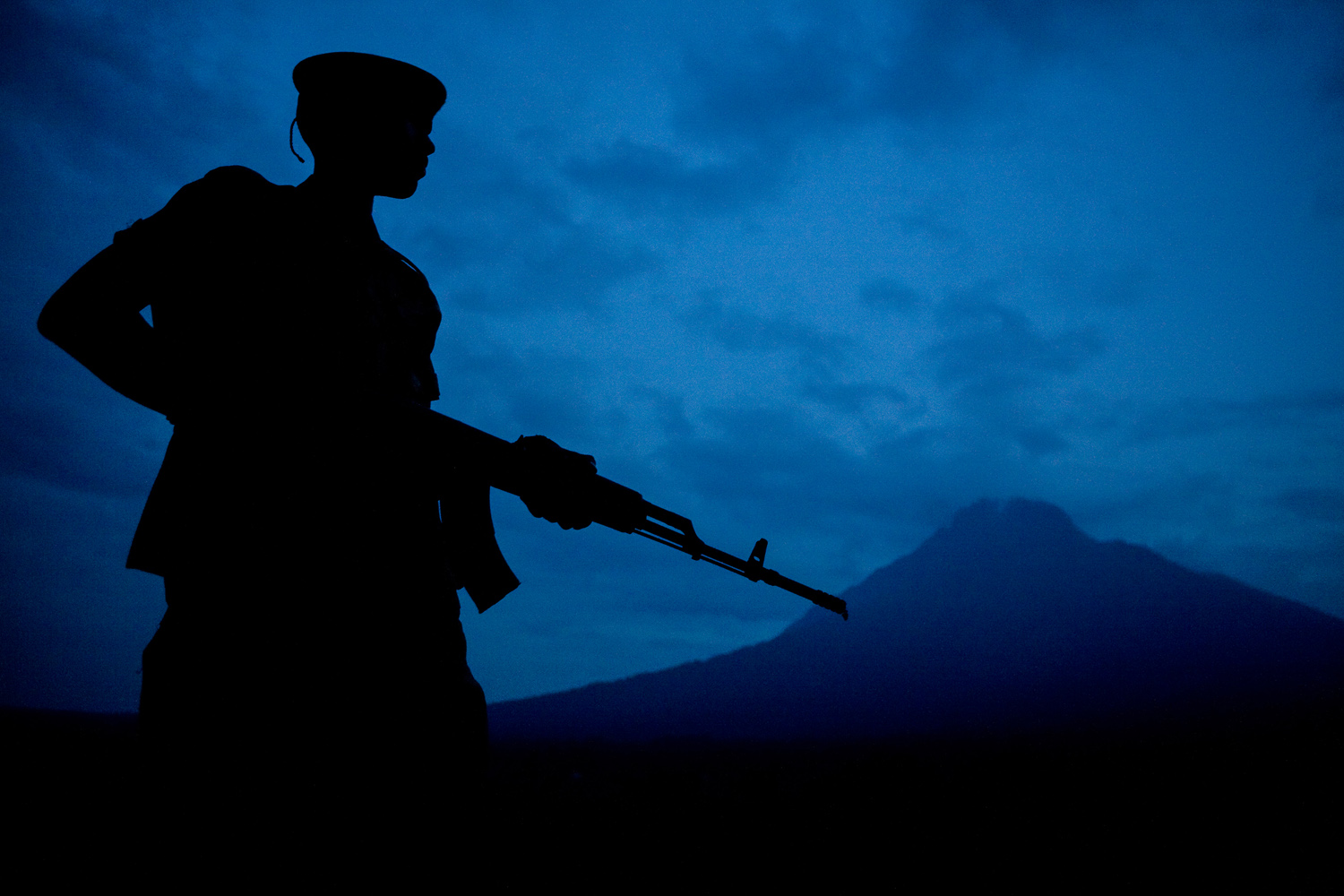
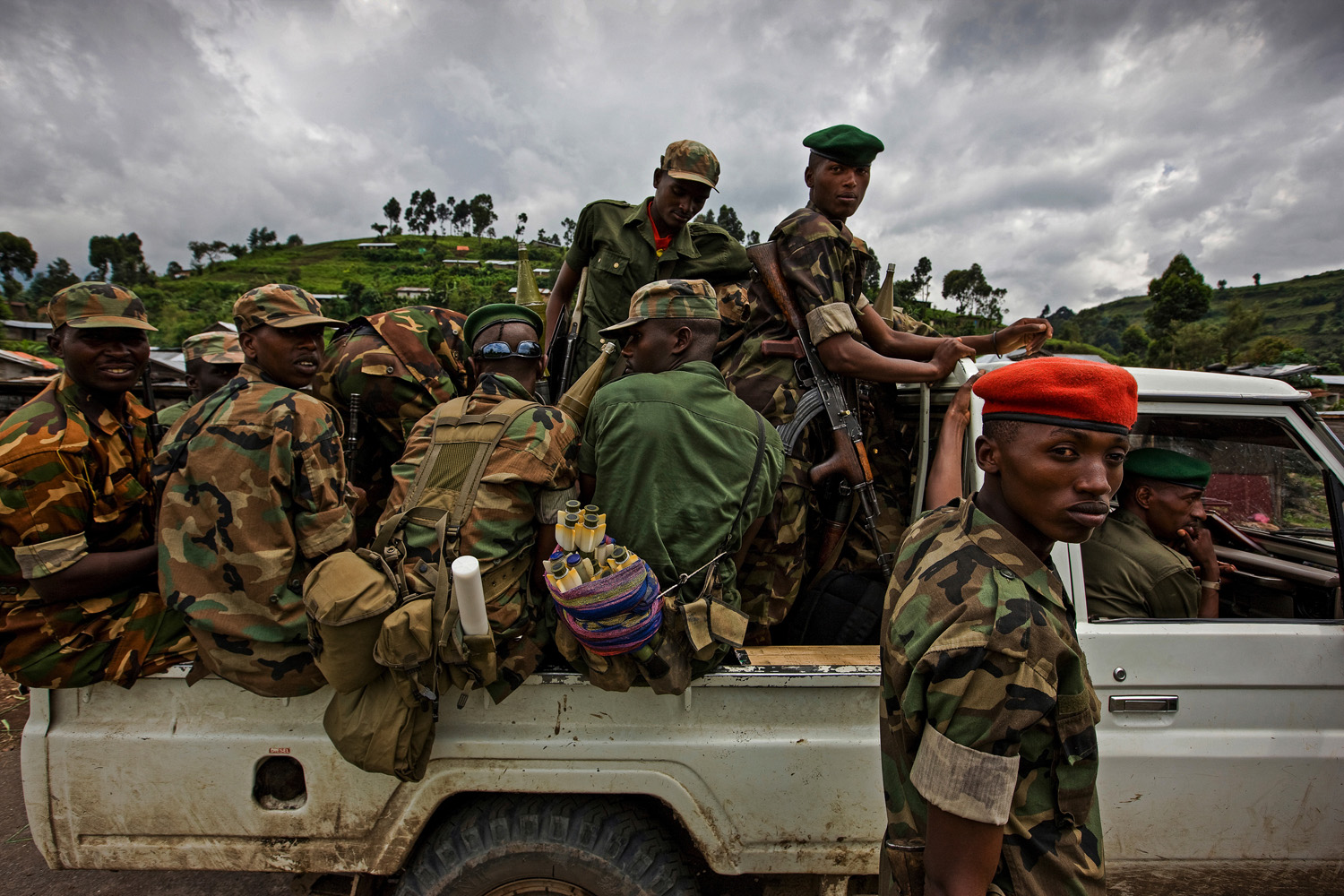
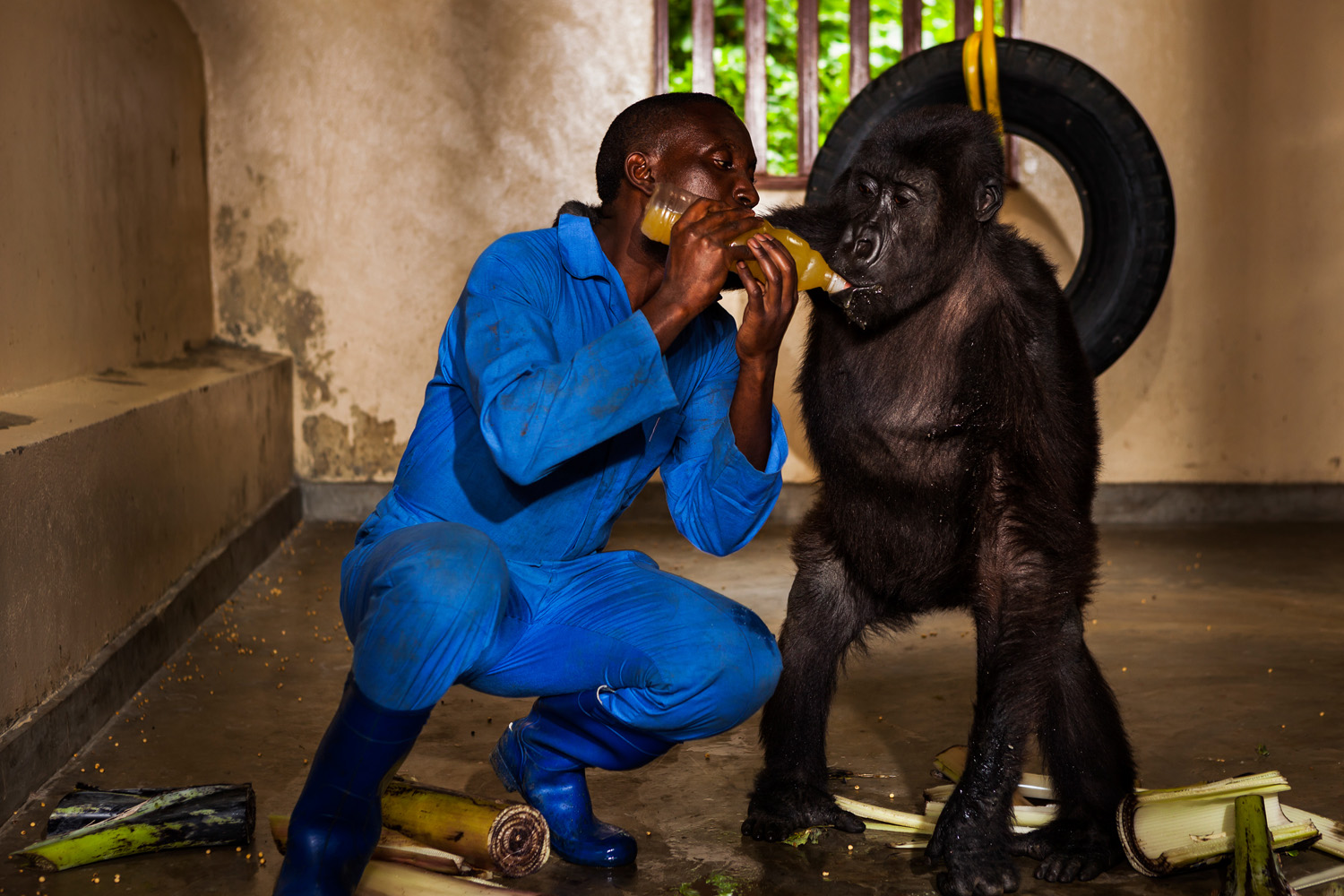




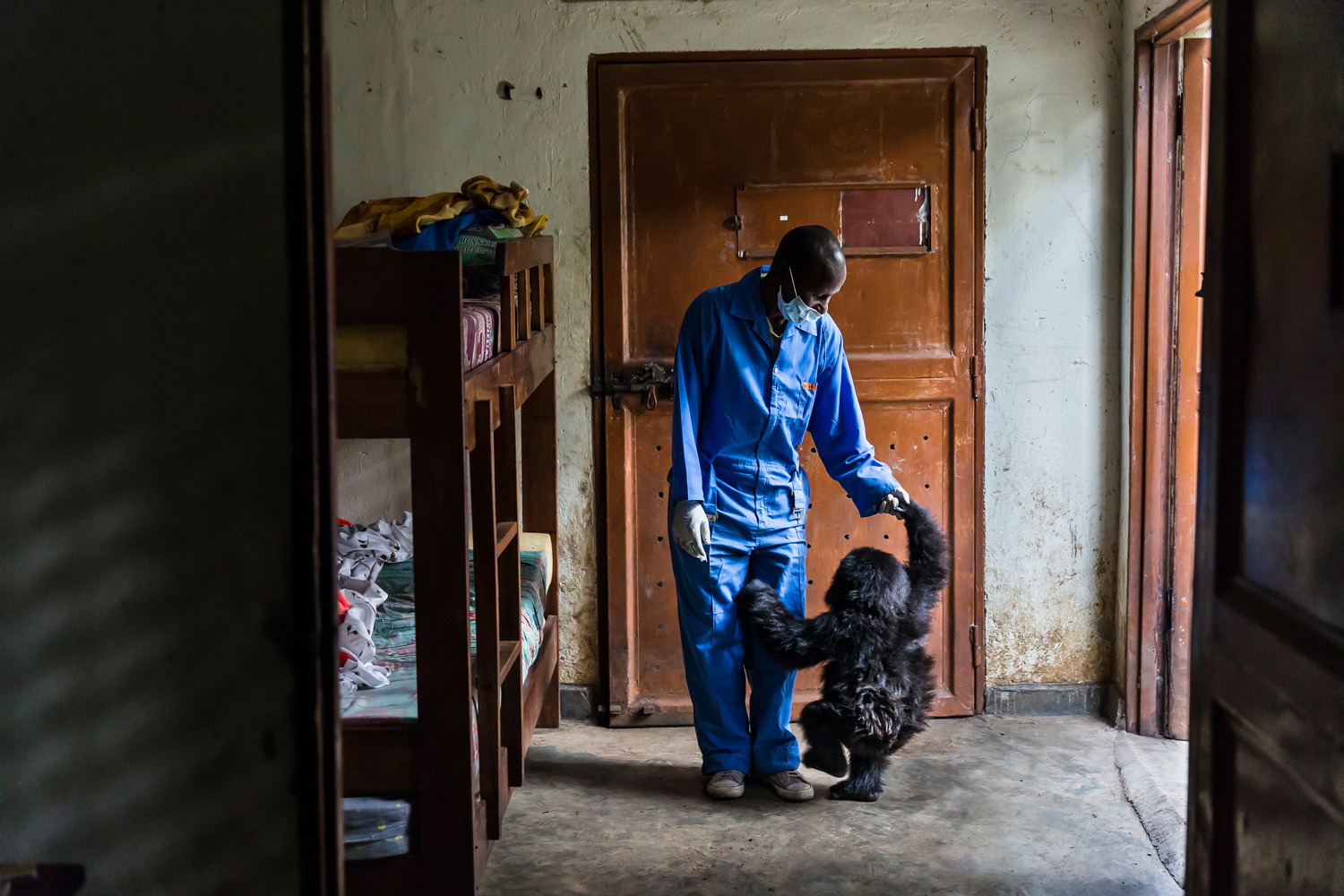
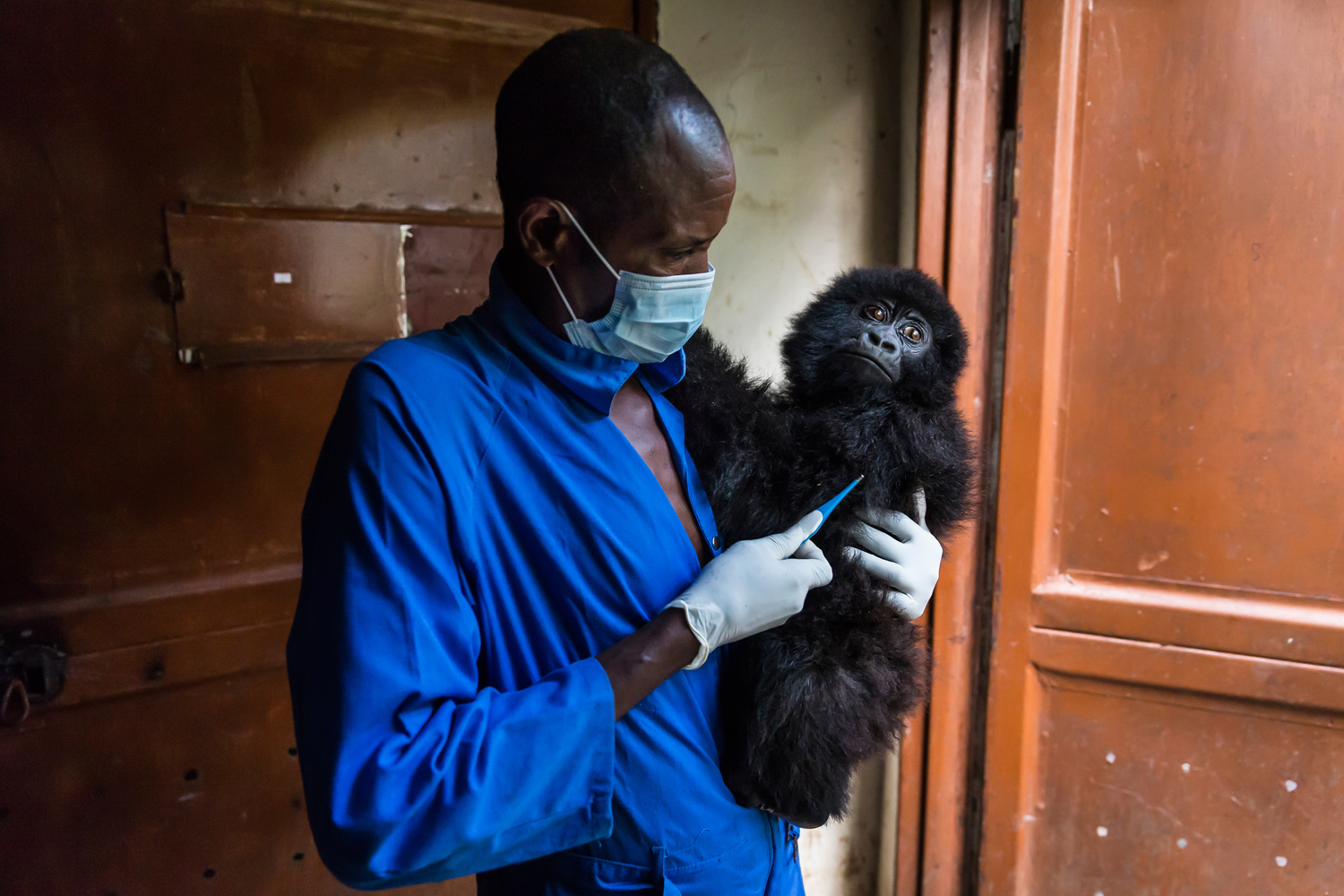
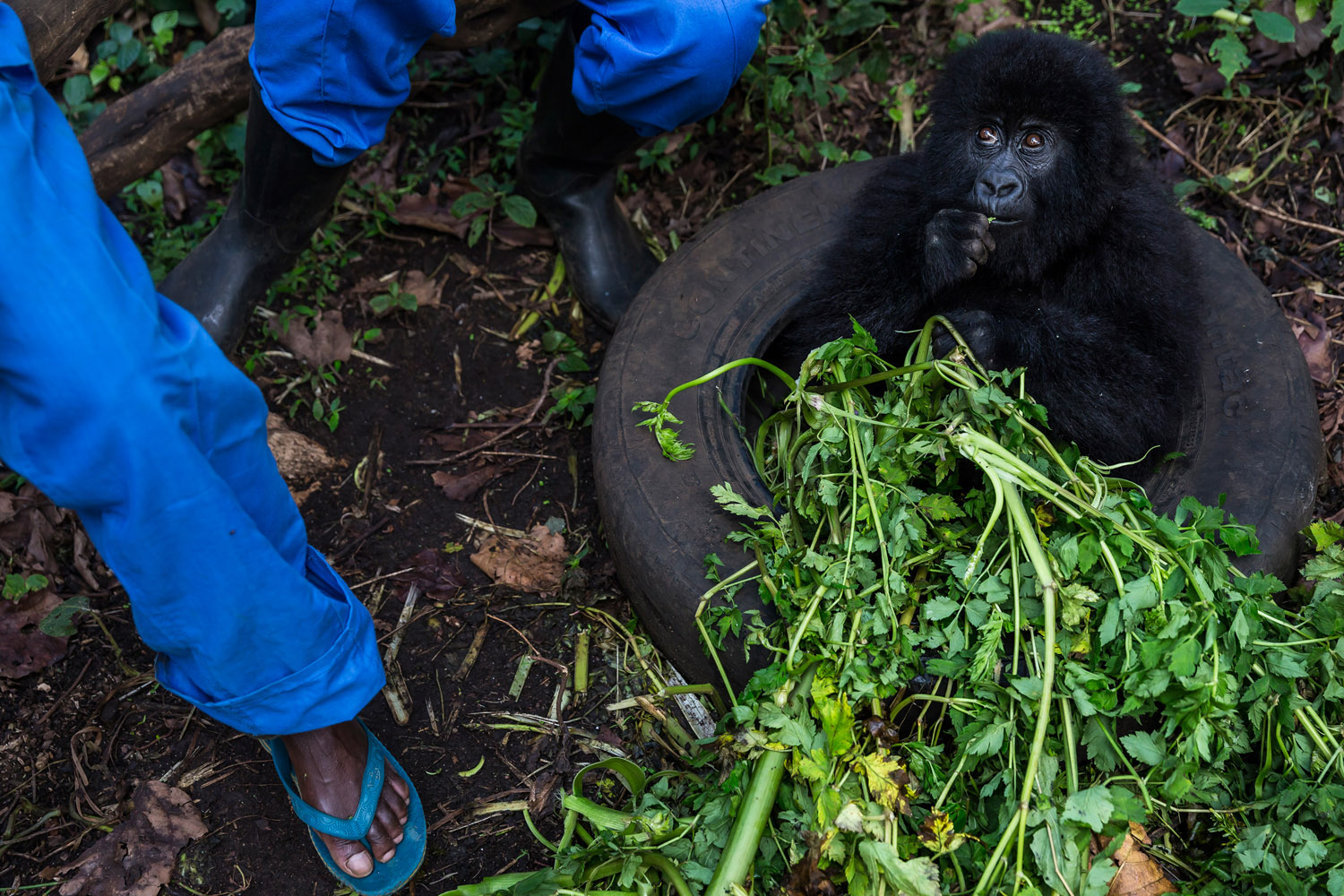
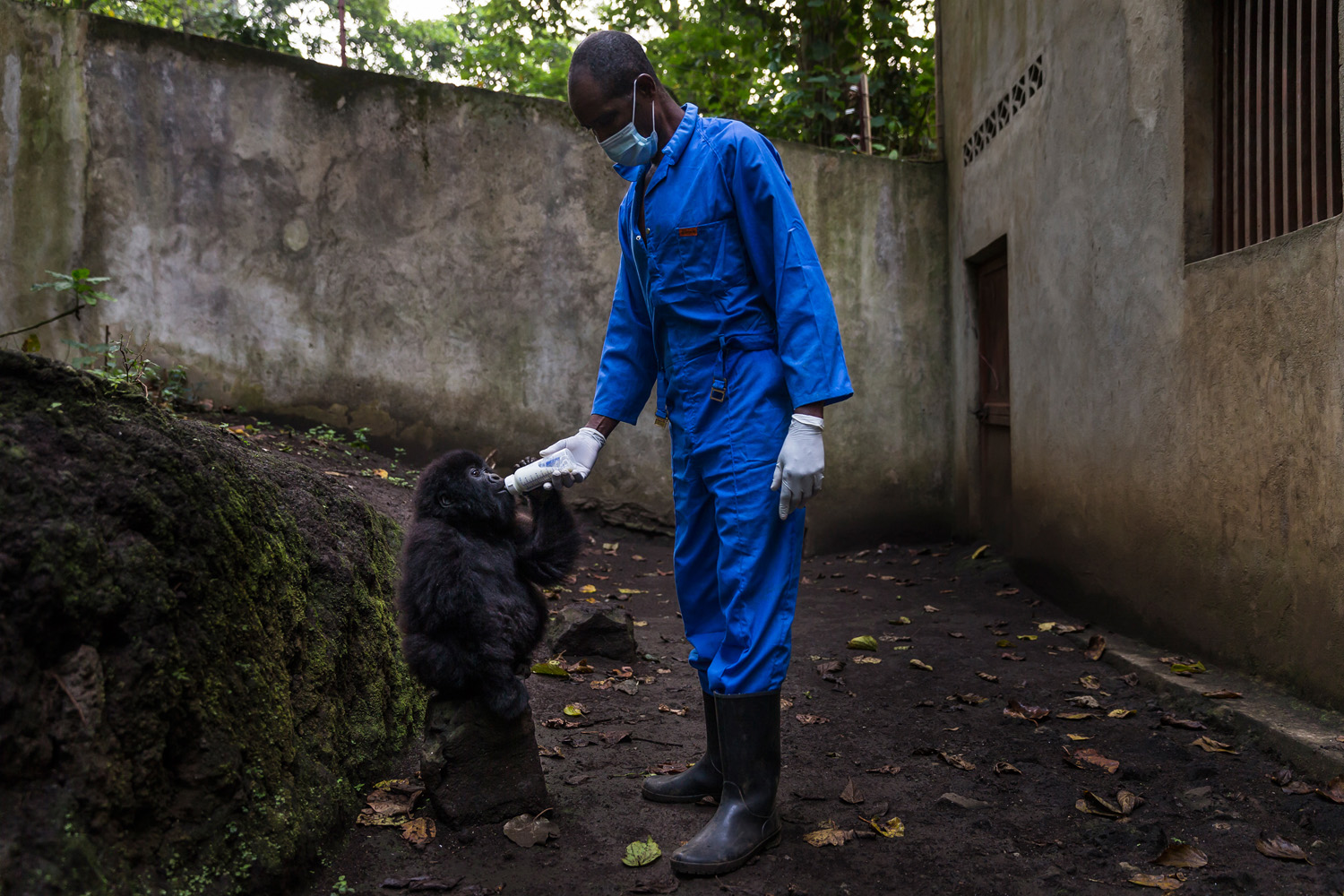

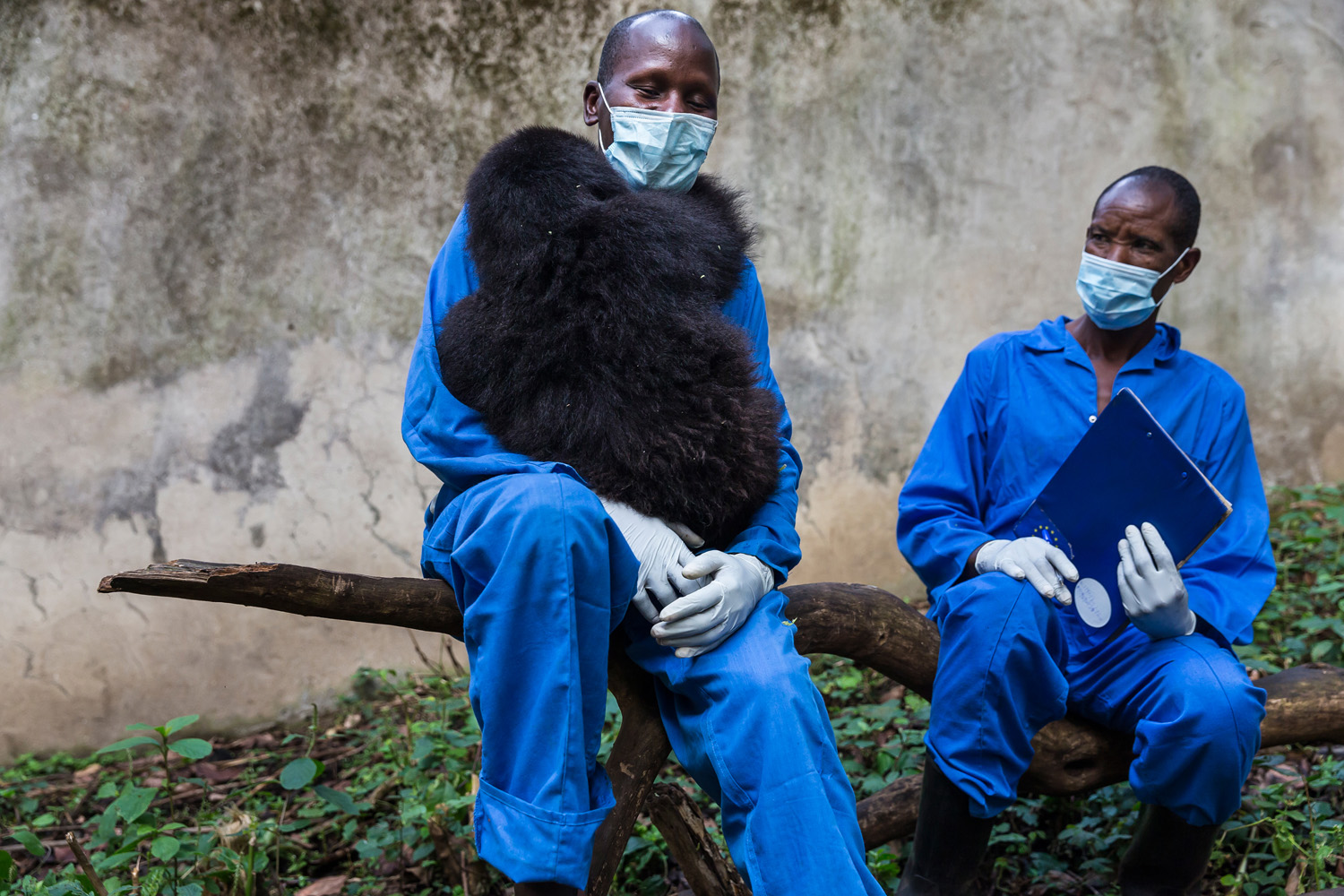

More Must-Reads from TIME
- Donald Trump Is TIME's 2024 Person of the Year
- Why We Chose Trump as Person of the Year
- Is Intermittent Fasting Good or Bad for You?
- The 100 Must-Read Books of 2024
- The 20 Best Christmas TV Episodes
- Column: If Optimism Feels Ridiculous Now, Try Hope
- The Future of Climate Action Is Trade Policy
- Merle Bombardieri Is Helping People Make the Baby Decision
Contact us at letters@time.com